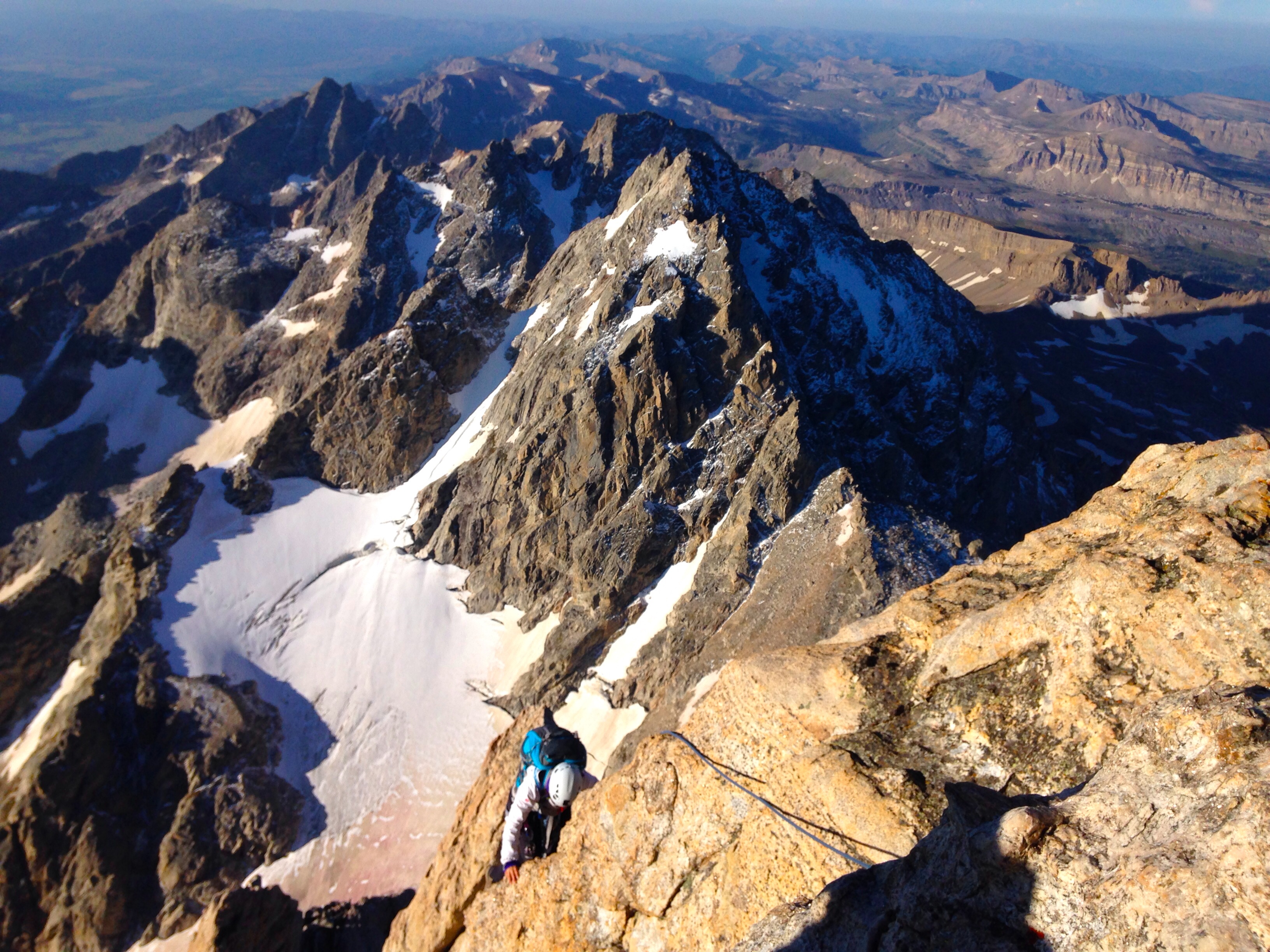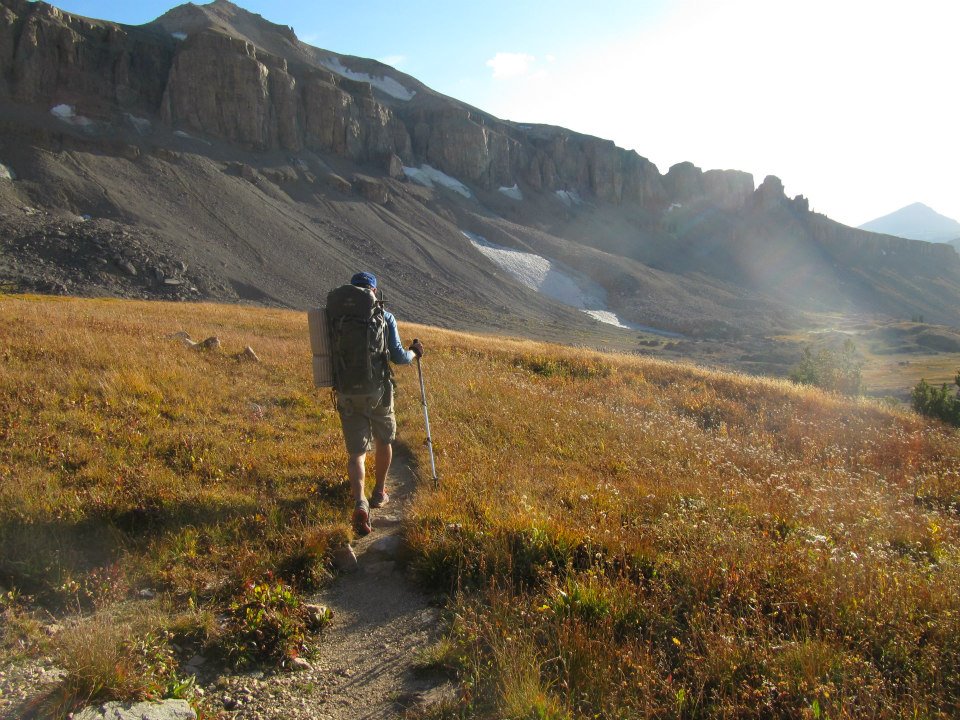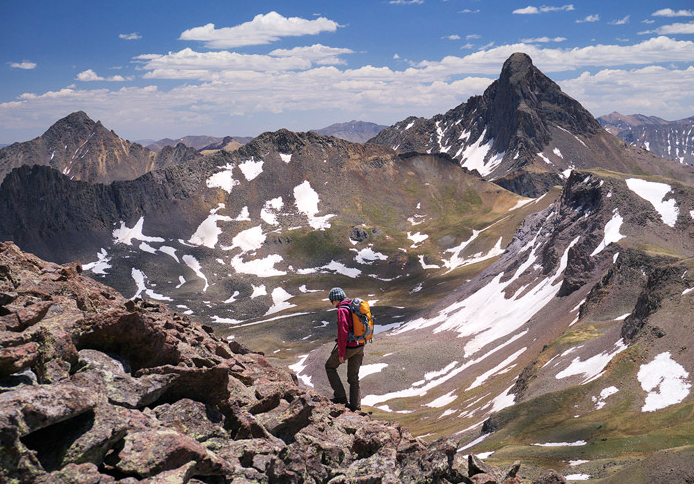Looking to get into the mountains this summer, but not sure how to prepare? Here are three common types of mountain trips, how they differ, and what you should focus on in your training.
Backpacking
Backpackers travel for distance rather than for the purpose of summiting mountains, though both backpacking and peak-bagging might be done on the same trip. This type of travel allows you to access remote areas on your own power. Trips may range from a couple of days to months depending on your objective. Seasoned backpackers recommend carrying no more than 1/3 of your body weight.
Duration & Elevation: 2 days- multi-week trips over varying terrain.
Technical: No technical climbing involved
Pack: Carrying complete shelter, kitchen, layers, water, and fuel. Pack weight ranges 35-60lbs
Fitness Attributes: Strong legs/”mountain chassis”, Endurance
Exercises to Prepare: Weighted Step-ups, and Quadzillas
Example Trip: The John Muir Trail – California, Appalachian Trail – East Coast
Ready for backpacking? Try our Backpacking Training Plan>>
Peak Bagging
Peak baggers are in it for the summit. Peak bagging is done with a light pack and minimal supplies. Generally, these trips do not involve any technical climbing gear like ropes or harnesses. Rather, they are typically single day or overnight trips. Backpackers might add on a peak bagging day to their trip, in which case they will establish a camp and leave non-essential equipment behind while they summit a nearby mountain.
Duration & Elevation: Long, hard pushes over 1-2 days
Technical: Grade 3-4 scrambling possible
Pack: Carrying light packs with layers, first aid, water and fuel. Pack weight range 10-20lbs
Fitness Attributes: Strong “mountain chasis”, stamina and strength
Exercises to Prepare: Weighted Step-ups, Quadzillas, Running, Sandbag Get-ups
Example Trip: Longs Peak, Keyhole Route, Colorado
Ready to bag some peaks? Try our Peak Bagging Plan>>
Alpine Climbing

Alpine Climbing is done at high elevations in the “high alpine” and climbers will expect to travel over rock, ice, or snow. In contrast to hiking, climbing by definition means that your arms come above your head to help pull your body up an ascent. These ascents are “fast and light” and typically involve the use of technical gear such as helmets, ropes, and harnesses. Because of the need for technical equipment, these trips require a specific skill set and or a guide.
Duration & Elevation: 1 long, hard day, or as part of a multi-day expedition
Technical: Grade 5+ climbing
Pack: Carrying layers, climbing gear, ropes, water and fuel. Pack weight range 30-50lbs
Fitness Attributes: Strong “mountain chassis” for approach, grip and upper body strength for the climb
Exercises to Prepare: Weighted Step-ups, Quadzillas, Sandbag Get-ups, Campus or Finger board, Pull-ups
Example Trip: Wolfs Head, Wind River Range, Wyoming
Ready for the high alpine? Try our Alpine Training Program

